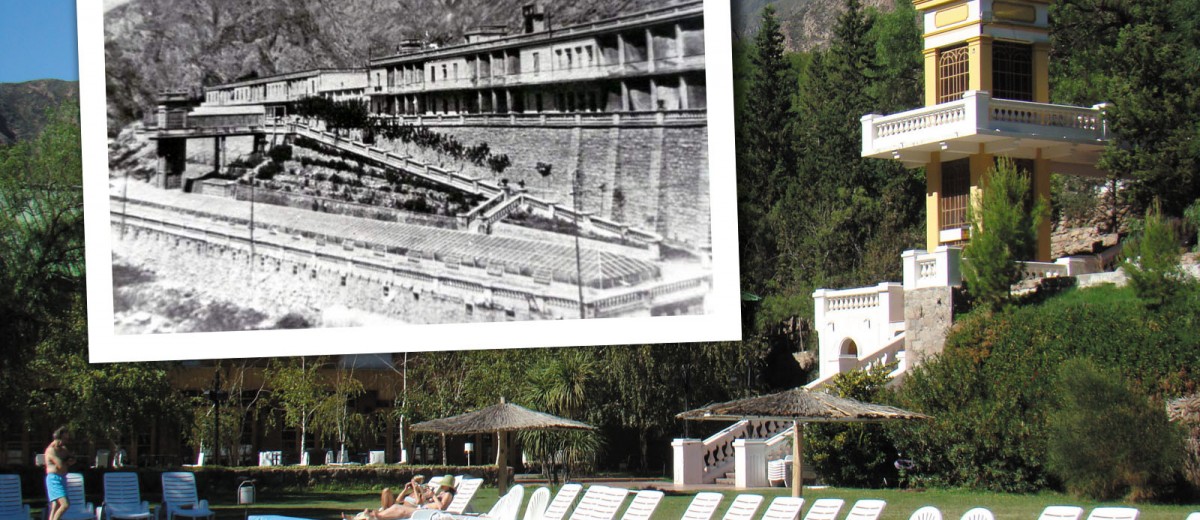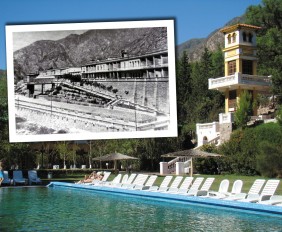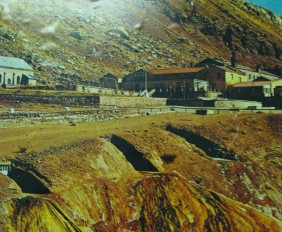Even though hot springs have existed since distant times, it was the Romans who spread them out through their Empire. This created a socio-cultural phenomenon of impressive dimensions, not only from the structural but also from the social point of view, as hot springs became amazing centres for leisure, health and business. In Roman civilization hot springs were considered a fundamental service to which everyone had to have access.
In Rome, in the XVI Century there were already written references on spring water in our soil and its properties for health. The Chilean Jesuit Alonso Ovalle published that reference in the year 1646 about Puente del Inca, as well as the priest Diego Rosales did in 1647 about Pismanta (San Juan). Cacheuta was inhabited by Huarpe tribes. In 1598, a century and a half before the entrance of Pizarro in Atahualpa’s dominions, these hot springs were added to the Inca lands. By that time, sick people went on a pilgrimage from Perú, to make the most of vapor and water from the spring resort “Baños de la Punta del Río,” as they were later named by the conqueror.
The Incas used to come all the way down from Cuzco (Upper Peru) to have a bath in these water bodies they used to consider sacred and which spread along the Andes Mountain Range.
These visits left vestiges such as Termas de Reyes (the Kings’ Hot Springs) in Jujuy and Puente del Inca(Inca’s Bridge) in Mendoza. Year after year, they are visited by thousands of tourists who have substituted the sacred origin of the waters with the medicinal and therapeutic properties of modern medicine.
After the Second World War, hydrotherapy began to develop along with a significant group of techniques used as a unique medicine method: vapors, algae, mud and clay in their most natural state.
In Argentina, hot springs are a resource used for tourism since 1920. In Mendoza it had its days of glory from the 1930’s to the 1960’s.
Esta entrada también está disponible en: Spanish Portuguese (Brazil)








¿Qué te pareció la publicación?